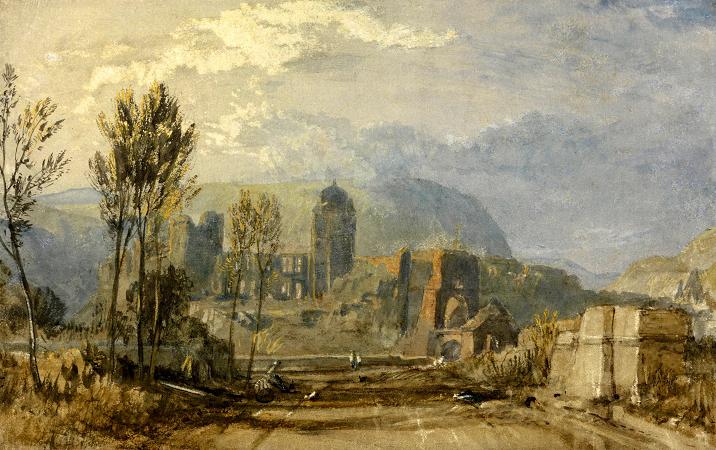Andernach. Andernach is a town in the district of Mayen-Koblenz, in Rhineland-Palatinate, Germany, of currently about 30,000 inhabitants. It is situated towards the end of the Neuwied basin on the left bank of the Rhine between the former tiny fishing village of Fornich in the north and the mouth of the small river Nette in the southeast, just 13 miles north of Koblenz, with its five external town districts: Kell, Miesenheim, Eich, Namedy, and Bad Tönisstein. A few hundred metres downstream of Andernach the Rhine valley narrows from both sides forming the northern part of the romantic Middle Rhine stretch. Already in Roman times the place the narrow passage begins was named Porta Antunnacensis or Andernachian Gate. It is formed by two hills, the Krahnenberg and the Engwetter on the right bank near the wine village Leutesdorf. The crane hill is named after the old crane beneath his foot; in earlier times the hill was named Geiersberg. As with most German cities, towns and villages, Andernach has its own local dialect-the Andernacher Platt in which Andernach and the local dialect itself is named Annenach and Annenache Platt. It belongs to the Moselle Franconian language subgroup and considerably differs from High German, e. g. the Rhine river is named Rhein in High German, but Rhäin in the dialect; except for the r, it sounds similar to English rain with a stretched a. Another examples are words like Wind and Winter, which is Weend and Weende in the dialect. The double ee is pronounced like French é. Unlike other dialects in the surrounding places the Andernachian dialect is strongly relative to the Ripuarian dialect due its connection to Cologne. For more examples see the German Wikipedia site. The coat of arms of Andernach known since 1344 shows a black cross on a white escutcheon charged with a pair of X-shapedly arranged red keys. It is described in heraldic language as Argent a cross sable charged with keys in saltire gules. The black cross on silver symbolizes the governance of the Electorate of Cologne; the keys refer to St. Peter the patron saint of the Archbishopric of Trier, of which Andernach formed part. The red colour adverts to the red cross in the coat of arms of the Electorate of Trier. The oldest town seal shows St. Mary sitting on a throne with a church in her right hand and with the left hand holding a town. The seal inscription says: MATER DEI PATRONA CIVIUM ANDERNACENSIUM-Mother of God, patron saint of the Andernachian citizens. The oldest seal was made before 1200, the oldest seal impression dates from the year 1250. Founded by the Romans as Antunnacum in 12 BC on the site of an old Celtic settlement probably called Antunnuac, Andernach is one of the oldest towns in Germany which as such held its Bimillenary feast in 1988. Both the Roman and the Celtic names mean village or farm of Antunnos/us, a man not yet identified. It was the southernmost outpost of the Electorate of Cologne from the 12th to the 19th century. In addition to the touristically appealing medieval remnants of the old town fortifications, the city of Andernach is the location of several old industrial plants such as a huge malt mill. In the 19th century the town was noted for the production of millstones, bricks and clay for making tobacco pipes. Among the more modern of its industrial / manufacturing base is a large steel-mill to produce cold formed tin plate and companies manufacturing medicinal products, raw food materials, cast iron products, engines and engine parts.Tourists who come to the region usually visit the medieval fortifications such as the 183 feet tall Round Tower finished in 1453, the archiepiscopal castle ruins with a well-preserved keep, and the remains of the town wall with several well-restored wall towers and two gates: the Rhine Gate built around 1200 as the Grain Gate and the Coblencian Gate, originally called the Castle Gate; in medieval and Renaissance times up to the 19th century the German word Pforte was used for town and church gates instead of Tor. Another attraction from its ancient industrial past is the Old Crane of Andernach, a 16th-century stony land based treadwheel tower crane 29 feet in diameter and 31 feet high situated outside the town downstream close to the river bank of the old harbour where it replaced an even older 14th century wooden floating treadwheel crane. For 350 years it was in operation from 1561 to 1911.
more...



